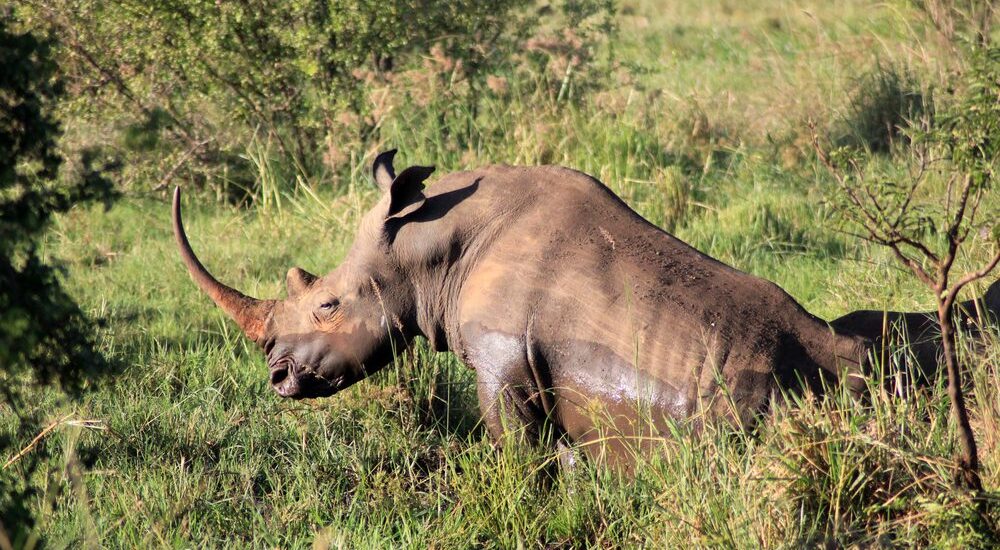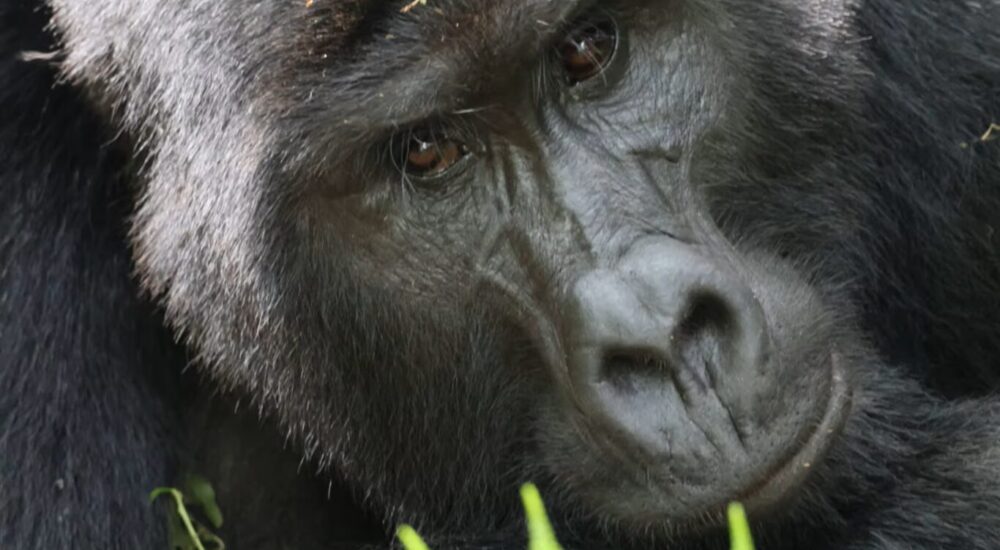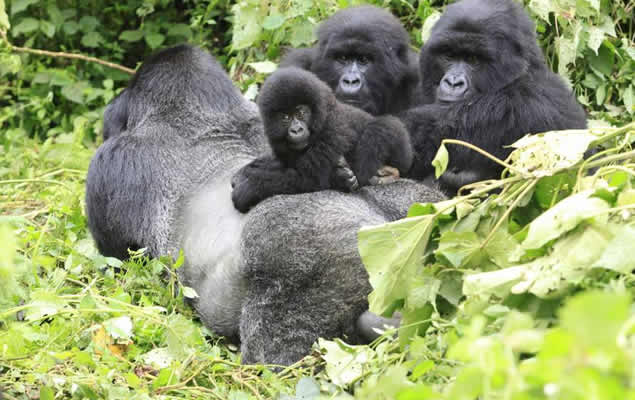Uganda, often called the "Pearl of Africa," is a land of breathtaking natural beauty, with…
Mountain Gorillas Habitat.
Mountain Gorillas Habitat.
Because of harmful human activities like poaching, civil strife, and habitat degradation, the Mountain Gorilla—a huge and powerful ape species that inhabits the volcanic slopes of Africa—has become the most endangered gorilla species. Due to conservation efforts in two African areas, the mountain gorilla’s natural habitat is severely constrained.
In the Virungas mountain range in the Democratic Republic of the Congo, Uganda, and Rwanda, you may find mountain gorillas in Bwindi Impenetrable Forest National Park in Uganda, and you can also find them in three other national parks.
When threatened, mountain gorillas may become hostile despite their extroverted nature. In a display of anger, they pounded their chests and roared and grunted. When threatened, dominant males will charge. If it means protecting their children, mothers will battle to the end.
Families of mountain gorillas may number thirty or more. There is usually one dominant male in a group, and he always wears a silver back. Because of the silver stripe that appears on their backs as they get older, these males are known as silverbacks. At least twelve years old is the minimum age for the eldest male in the household. There are a number of younger boys, as well as adult and juvenile girls, as well as newborns, in these battalions.
![]()
In addition to guarding their families, silverbacks are responsible for keeping the peace and making decisions about what the group does. Trips for feeding, resting, traveling, and staying the night are all part of their routine. Additionally, they provide paternal care for most of the group’s young.
Mountain gorilla mothers may start having babies as early as 10 years old. They go through a typical 8.5-month gestation period and then give birth to one or two kids. In a typical lifespan, they will typically have 2–6 children.
The average birth weight of a gorilla is about 1.8 kilograms (4 pounds). They resemble human infants in that they are clumsy and quite frail. Babies rely on their mothers’ backs as a means of transportation throughout the first four years of their existence. By the time they reach the age of three and a half, baby gorillas have finished nursing and are eating the same vegetation as adult mountain gorillas, including leaves, roots, and shoots.
At maturity, a male mountain gorilla may reach a weight of 180 kg. At about 90 kg, females weigh half that. The silver stripe on the back isn’t the only way to tell a male Mountain Gorilla apart from a female; a crest of fur sits atop their heads as well. People of both sexes are covered with thick black hair. Even in the coldest alpine weather, their thick hair provides enough insulation.
Gorillas in the mountainous regions are in grave risk of extinction. Mountain gorillas are under danger from both the destruction of their natural environment as a result of human settlement expansion and the brutality inflicted upon them by humans.
Conservation efforts for Mountain Gorilla populations have been limited due to the ongoing civil strife in Africa. The poaching of mountain gorillas has also resulted in casualties and captivity. Illegal trade in gorilla parts and the sale of infant gorillas for the purposes of research, private zoos, or as pets are serious problems.


